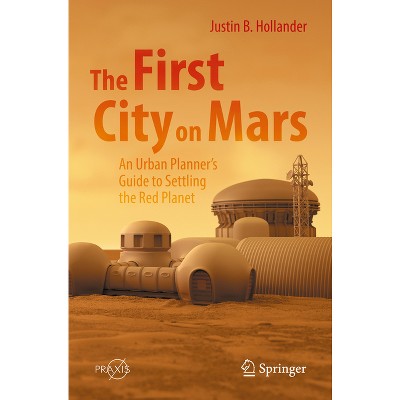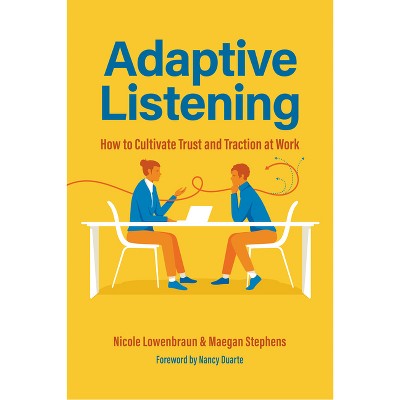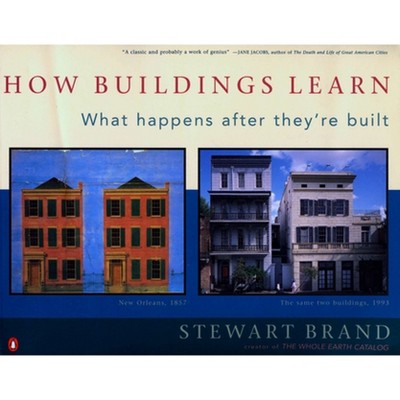About this item
Highlights
- BUILDINGS FOR PEOPLE Buildings for People: Responsible Real Estate Development and Planning explores how to balance social concerns with financial and investment considerations without sacrificing profit.
- About the Author: Justin B. Hollander, PhD, FAICP, is a Professor of Urban and Environmental Policy and Planning at Tufts University.
- 224 Pages
- Architecture, Urban & Land Use Planning
Description
About the Book
"This introduction begins by looking back historically at the ways that real estate development and planning took place and was intellectualized. An historical perspective helps situate the practices of development and planning as wholly capitalist in nature for much of the history of Western societies, then shifting to serving a broader public purpose with the advent in the U.S. of the 1949 Housing Act and subsequent federal and state legislation that sought to position the development process as a tool to solve urban and subsequently, broader societal, problems. We will discuss the historical development of alternative real estate models globally, with a focus on example in the US and their current role in the US market. We then conclude with the present day debates around the role of real estate development and planning in shaping public and private spaces, focusing on affordable housing, gentrification, alternative models like co-housing, and the YIMBY movement"--Book Synopsis
BUILDINGS FOR PEOPLEBuildings for People: Responsible Real Estate Development and Planning explores how to balance social concerns with financial and investment considerations without sacrificing profit. This timely volume provides key technical and practical knowledge while exploring real estate development and planning through a multi-level lens--revealing the systemic factors that both govern and are governed by the real estate process.
Beginning with site selection, the authors discuss financing, site improvement, architecture, landscape architecture, site planning, construction, and evaluation within a broader political, economic, and social context. Throughout the text, the authors explain key theories and methods of professional practice, and highlight how important social issues are interconnected to the business of real estate development and planning.
Demonstrating how the desire for profit can be balanced with the needs of society Buildings for People: Responsible Real Estate Development and Planning is an excellent textbook for advanced undergraduate and graduate students in real estate, urban planning, urban design, and urban studies courses, as well as a valuable resource for researchers and professionals who want a multidisciplinary understanding of the built environment.
From the Back Cover
Buildings for People: Responsible Real Estate Development and Planning explores how to balance social concerns with financial and investment considerations without sacrificing profit. This timely volume provides key technical and practical knowledge while exploring real estate development and planning through a multi-level lens--revealing the systemic factors that both govern and are governed by the real estate process.
Beginning with site selection, the authors discuss financing, site improvement, architecture, landscape architecture, site planning, construction, and evaluation within a broader political, economic, and social context. Throughout the text, the authors explain key theories and methods of professional practice, and highlight how important social issues are interconnected to the business of real estate development and planning.
Demonstrating how the desire for profit can be balanced with the needs of society Buildings for People: Responsible Real Estate Development and Planning is an excellent textbook for advanced undergraduate and graduate students in real estate, urban planning, urban design, and urban studies courses, as well as a valuable resource for researchers and professionals who want a multidisciplinary understanding of the built environment.
About the Author
Justin B. Hollander, PhD, FAICP, is a Professor of Urban and Environmental Policy and Planning at Tufts University. He is the co-editor of Urban Experience and Design: Contemporary Perspectives on Improving the Public Realm and the author and co-author of nine books, including An Ordinary City and the award-winning Cognitive Architecture: Designing for How We Respond to the Built Environment.
Nicole E. Stephens currently works in the Real Estate Department of the Massachusetts Port Authority. She recently earned a Master's Degree in Urban and Environmental Policy and Planning from Tufts University.












